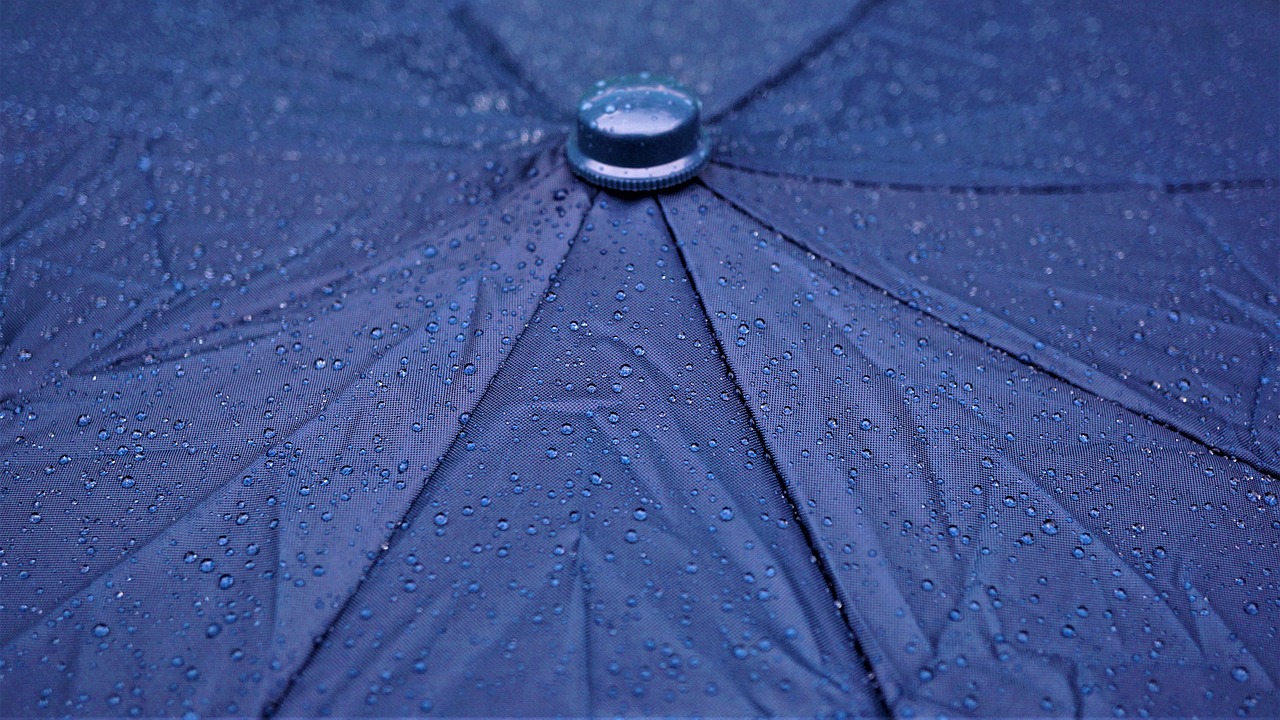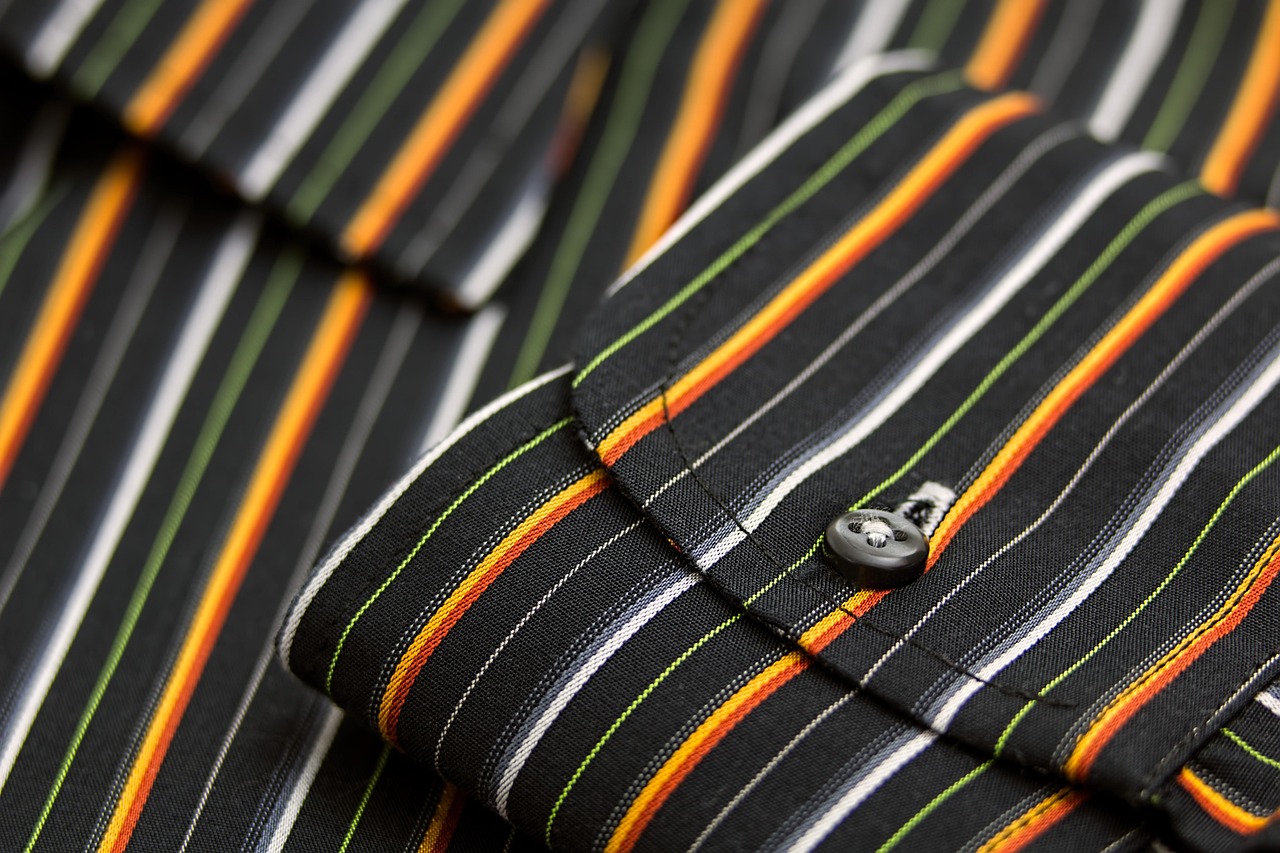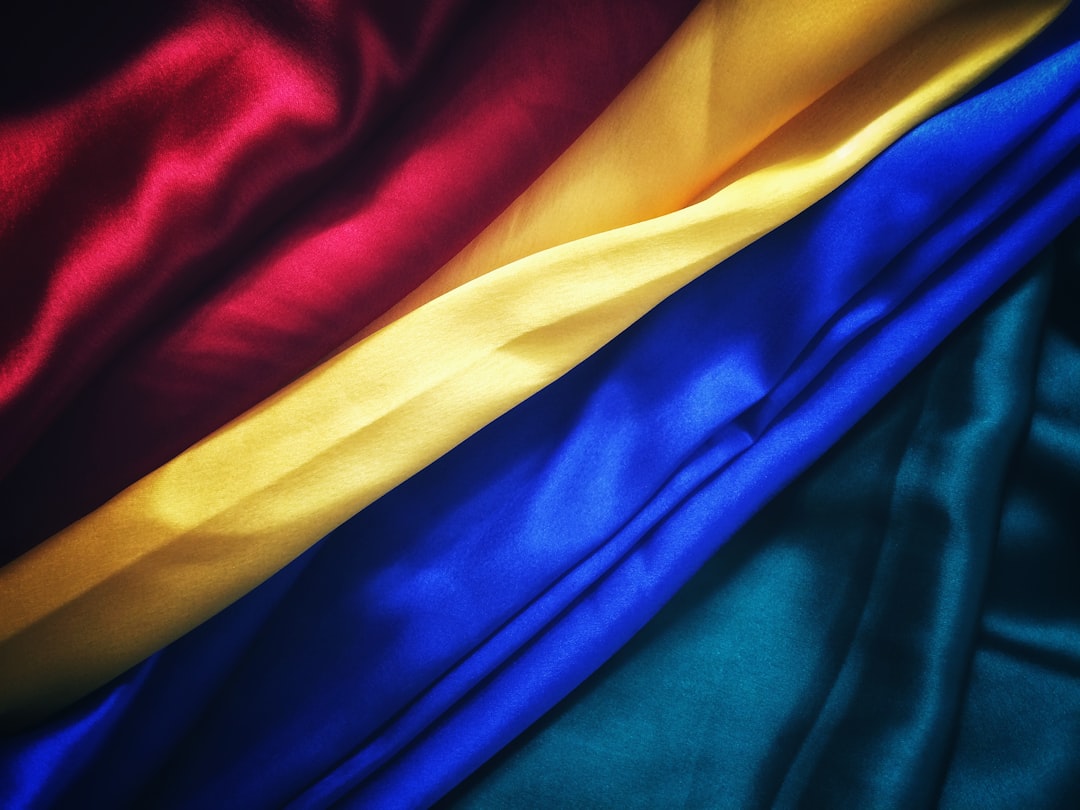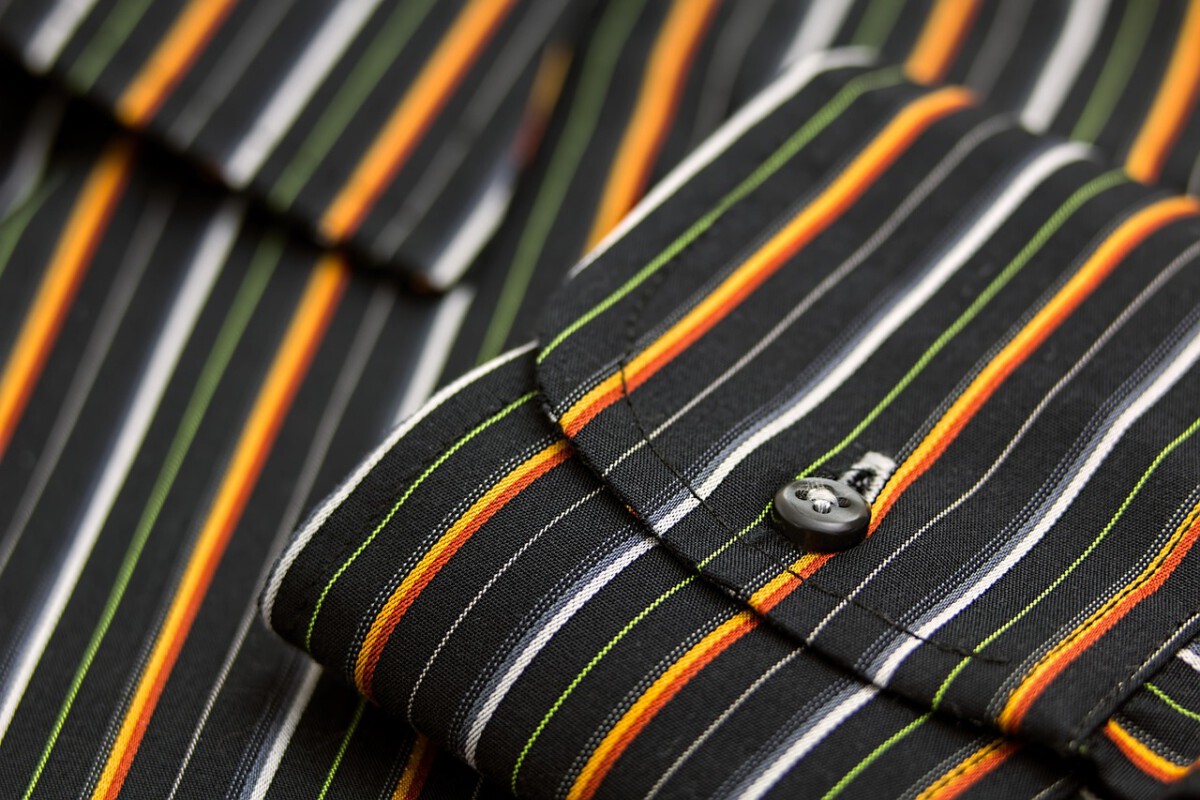The Birth of Space-Age Fashion Materials

NASA, the National Aeronautics and Space Administration, is not just about rockets and astronauts. Over the decades, the agency has developed materials that have found their way into everyday life, including fashion. Originally, these materials were engineered to withstand extreme conditions in space, such as high temperatures, radiation, and zero gravity. Imagine clothing that can adapt to temperatures as the space shuttle does to the sun and shade. That’s the transformative power of NASA-inspired materials. From flame-retardant fabrics to moisture-wicking textiles, NASA’s innovations are now part and parcel of our daily wardrobe. These materials, once used to protect astronauts, now serve to make our clothing more comfortable and durable.
From Space to Sportswear: The Rise of Moisture-Wicking Fabrics

One of the most significant contributions from NASA to fashion is moisture-wicking fabric. Initially, these fabrics were designed to keep astronauts dry in their bulky spacesuits. Today, they are a staple in sportswear, helping athletes stay cool and comfortable. Imagine running a marathon without your shirt sticking to you, thanks to the same technology that kept astronauts dry on space missions. Moisture-wicking fabrics pull sweat away from the skin to the fabric’s surface, where it can evaporate more easily. This innovation has revolutionized athletic wear, making it more efficient and comfortable for everyone, from professional athletes to everyday joggers.
Insulating the Future: The Role of Aerogel in Outerwear

Aerogel, often dubbed “frozen smoke” because of its translucent appearance, is another NASA creation making waves in the fashion industry. It’s one of the lightest solid materials known and boasts excellent insulation properties. Imagine wearing a jacket as light as a feather but as warm as a winter coat. That’s the magic of aerogel. Initially used in space exploration to capture stardust, it is now being used in outdoor clothing to provide warmth without adding bulk. This material is perfect for those cold winter days when you want to stay warm without feeling weighed down by layers of clothing.
Reflective Fabrics: Shining a Light on Safety

Reflective materials, developed by NASA for astronauts’ safety, have found a new life in everyday fashion. These materials are now used in jackets, shoes, and even accessories to enhance visibility in low-light conditions. Imagine walking or cycling at night with increased safety, thanks to the same reflective technology used in space suits. Reflective fabrics are not just functional but also add a stylish flair to clothing, making them a popular choice for both fashion designers and consumers. This innovation ensures that fashion can be both stylish and safe.
Flame-Retardant Fabrics: Safety Meets Style

Originally created to protect astronauts from fires in space, flame-retardant fabrics are now used in everyday clothing and uniforms. These materials have been integrated into everything from children’s pajamas to military gear. Imagine wearing clothes that not only look good but also offer an extra layer of safety in case of fire. Flame-retardant fabrics are treated with chemicals that inhibit the ignition and spread of flames, making them an essential component of safety apparel. This has made them invaluable in industries like firefighting and aviation.
Smart Textiles: The Next Frontier

Smart textiles, equipped with sensors and electronic components, are another exciting development inspired by NASA. Imagine wearing a shirt that can monitor your heart rate, just like the suits worn by astronauts to track vital signs. These textiles are paving the way for clothing that can not only track health metrics but also adjust to environmental conditions. While still in the early stages, smart textiles hold the potential to revolutionize both fashion and healthcare, offering new ways to monitor and improve health through everyday clothing.
Memory Metals: Fashion That Remembers

Memory metals, capable of returning to their original shape after being bent or deformed, were initially developed for use in spacecraft. Today, these metals are being used in eyewear and accessories. Imagine a pair of glasses that can withstand being sat on without breaking. Memory metals make this possible, offering durability and flexibility to everyday items. This technology ensures that fashion can be both functional and resilient, making it a perfect fit for modern lifestyles.
Breathable Fabrics: Keeping Cool Under Pressure

Breathable fabrics, designed to regulate temperature and improve comfort, were initially developed for space suits. These materials are now common in everything from casual wear to high-performance sports gear. Imagine clothing that keeps you cool on a hot day and warm when it’s cold, much like the suits worn by astronauts. Breathable fabrics allow air and moisture to pass through, enhancing comfort and performance. This innovation has made clothing more adaptable to various climates and activities, providing comfort and functionality.
Antimicrobial Fabrics: A Clean Bill of Fashion Health

Antimicrobial fabrics, designed to prevent the growth of bacteria and odors, have their roots in NASA’s need to maintain hygiene in space. These fabrics are now used in everything from socks to surgical gowns. Imagine wearing clothes that stay fresh longer and require less frequent washing. Antimicrobial fabrics achieve this by incorporating silver or other antimicrobial agents into the fibers, inhibiting bacterial growth. This innovation is changing the way we think about hygiene in fashion, offering cleaner and more sustainable clothing options.
Lightweight Composites: Redefining Durability

Lightweight composites, originally developed for spacecraft, are now being used in fashion to create durable yet lightweight apparel. Imagine a backpack that is both strong and easy to carry. These composites offer strength without the added weight, making them ideal for everything from outerwear to accessories. This innovation is transforming the fashion industry, allowing designers to create pieces that are both functional and aesthetically pleasing. Lightweight composites are setting new standards for durability and innovation in fashion.






